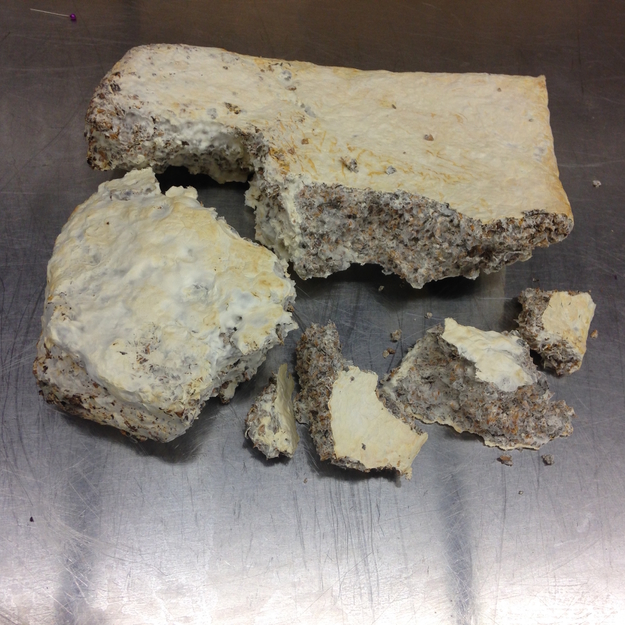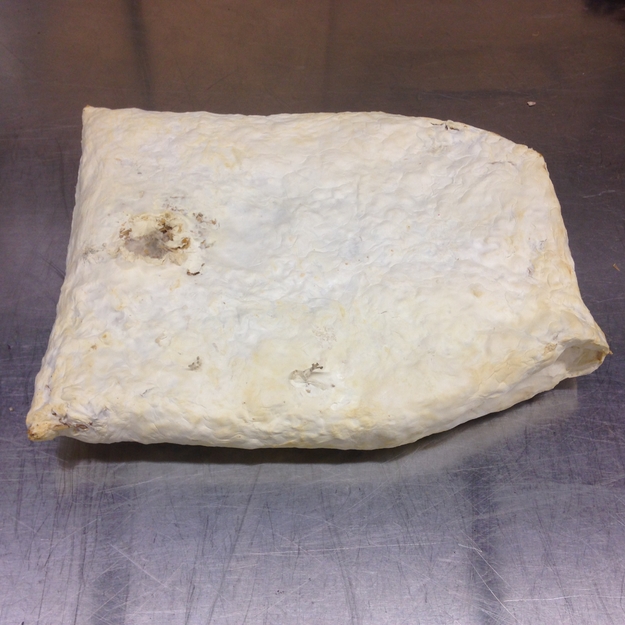Spawn Making
We have made a series of tests from inoculating various mixtures of our spent beer grain and spawn with other substrates (i.e cacao husks, sawdust, wheat husks), and we have finally seen some promising, uninfected results. Some early images of this growth can be found here.
Our tests have given a healthy supply of homegrown bags of spawn grown from various mixtures which we will use to eventually inoculate our larger insulation panels. We are essentially hoping to cultivate a decent ‘mother’ culture to maintain and use frequently in the bio-lab. The cultivation of the spawn should be healthy, dense and well populated.
Insulation Panels
In tandem with this our second big task is to begin the growth of our insulation panels at full scale. In the same way we experimented with our spawn growing tests, the mixture must be carefully chosen. Indeed, there are different types of insulation systems and techniques but the common characteristics of insulation materials whether from fiberglass, straw or grown from mycelium, are generally based upon reducing the movement of conductive heat through a material and is measured in R-Value. It is important that our panels are permeable so particles of air can pass through them, allowing the warm air to pass through the material to keep the barn cool in the summer and warm in the winter. This means our panel growth should have a different consistency and texture to our spawn. Our insulation panels are large, with dimensions of 1400 x 700 x 40mm, and thus need to be sturdy, strong and light once they have grown and been dried.
Transferrable Results
The growth of our spawn has produced interesting transferrable results. We discovered, unsurprisingly, that the lightest mixtures were those which contained sawdust mixed in with the beer grain. The wheat husk-beer grain mixture, and the sawdust-beer grain mixtures have produced a fairly sturdy material also; the mycelium has eaten its way nicely through the substrate to form a strong, solid material. Our cacao-beer grain mixtures on the other hand were nearly double the weight, and pretty weak. A recent test revealed this drastic difference in weight from our dried out 4.2litre grow bags:
50/50 GRAIN/HUSKBAG + 20% spawn = 790g
50/50 GRAIN/CACAOBAG + 20% spawn = 1450g
One of the other issues with the cacao is that it does not absorb the moisture from the grain so well which has meant the material is easily breaking when handled. Not ideal for an insulation panel!

